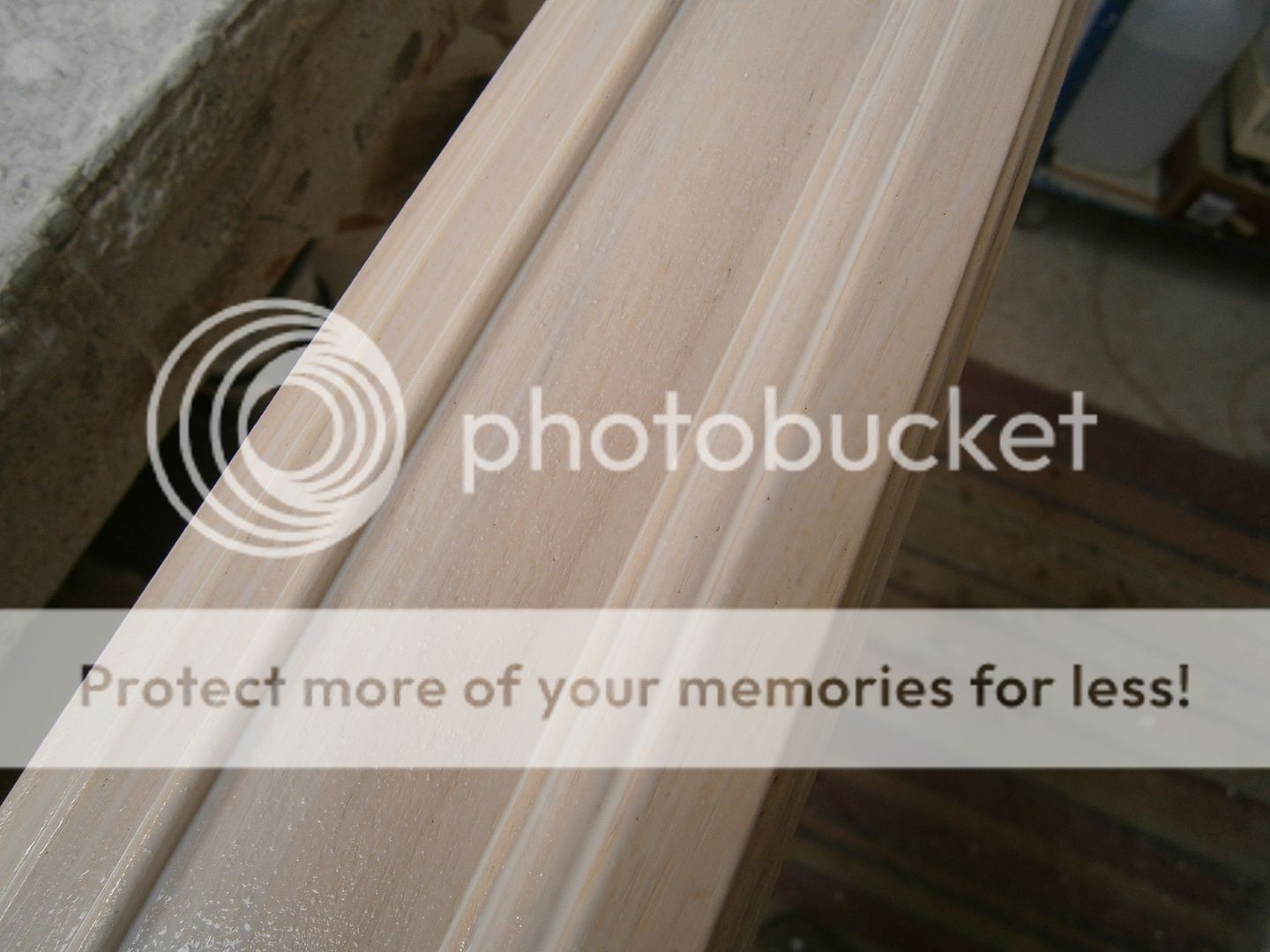Over the last three days the big order of 40 frames have been spray coated in gesso, sanded (not much needed thankfully), and then painted with bole. The bole colours I used vary; red, grey, yellow, orange, and plum. The next step will be the gilding.
Spraying gesso is a big time saver compared to brushing. My gesso for spraying is mixed thinner than if it was being brushed on the frame, as a very rough guide it is about 50/50 whiting/glue. It did take some time and experimenting to get the set-up right for me, I imagine there are a number of ways of getting good results, and I am still tweaking some factors!
I just use a simple gravity fed HVLP (high volume low pressure) spray gun, the very warm (even close to hot) gesso is put into the paint cup, 500ml at a time, depending on the size of frames, this measure will give 1 coat on 3 to 6 frames. I have heard of concerns over the gesso being needed to be kept warm in the spray gun, but I don't see this as a problem, it is used quickly and even after a whole day spraying, I find the gun does not have any clogging at all, a rinse in water and it is cleaned.
I use a compressor with dryer to supply the air to the gun, really you need a large sized compressor or one that can run continually like a Hydrovane. The dryer is good because it totally cleans the air, but bad because it cools the air, hence why the gesso in the paint pot is very warm.
An alternative to this set-up would be the portable turbine powered units, the Fuji range are very good: http://www.fujispray.com/hvlp-systems/
I just use a simple gravity fed HVLP (high volume low pressure) spray gun, the very warm (even close to hot) gesso is put into the paint cup, 500ml at a time, depending on the size of frames, this measure will give 1 coat on 3 to 6 frames. I have heard of concerns over the gesso being needed to be kept warm in the spray gun, but I don't see this as a problem, it is used quickly and even after a whole day spraying, I find the gun does not have any clogging at all, a rinse in water and it is cleaned.
I use a compressor with dryer to supply the air to the gun, really you need a large sized compressor or one that can run continually like a Hydrovane. The dryer is good because it totally cleans the air, but bad because it cools the air, hence why the gesso in the paint pot is very warm.
An alternative to this set-up would be the portable turbine powered units, the Fuji range are very good: http://www.fujispray.com/hvlp-systems/
These could even be better than some compressor set-ups, as the air needs to be very clean and some of these HVLP portable units warm the air slightly which helps with finish quality.
If you are doing any volume then a dedicated spray area or booth is preferable, although as long as you have a form of extraction a practical system could easily be built on a budget.





